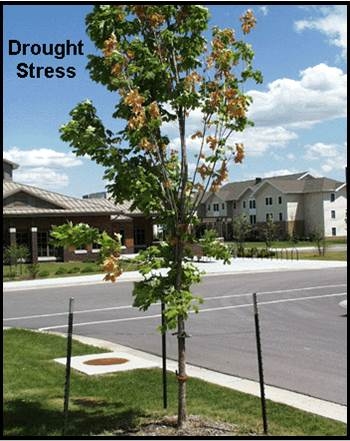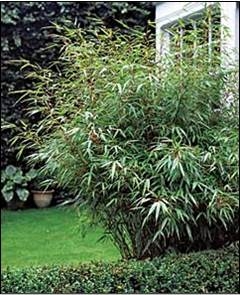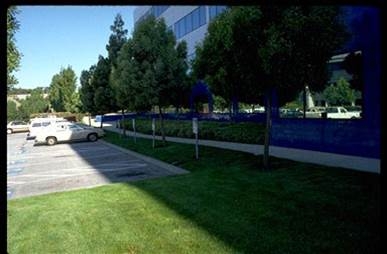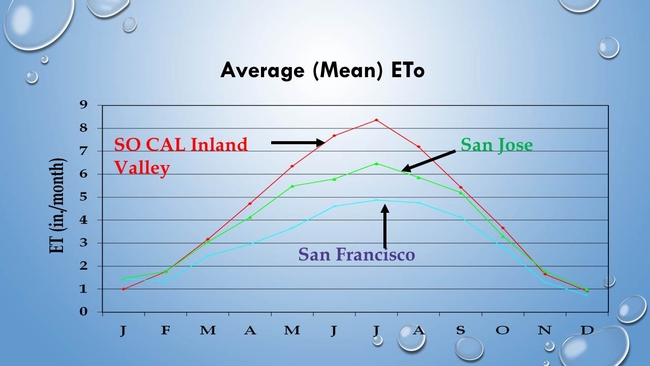
“Mature fruit trees and landscape trees are worth saving!” said Janet Hartin, UC Cooperative Extension advisor. “Recognizing early signs of drought stress is important because irreversible damage can occur that no amount of watering will correct.”
Two seasons without enough water can result in severe drought stress and even kill a tree, warned Hartin, who serves San Bernardino, Riverside and Los Angeles counties. Also, drought-stressed trees are more prone to damage from diseases and insects than non-stressed trees.
Common symptoms of drought stress include
- Wilting or drooping leaves that do not return to normal by evening
- Curled or chlorotic (yellow) leaves that may fold or drop
- Foliage that becomes grayish and loses its green luster
- New leaves that are smaller than normal
“One or two deep irrigations with a garden hose several weeks apart in spring and summer will often keep these valued plants alive, especially if their roots are relatively deep,” she said.

“An important thing to consider when you're trying to conserve water in the garden and landscape is that plant water requirements vary,” said Hartin, an expert in environmental horticulture. “Water needs are directly related to the evapotranspiration rate of each particular plant. To meet the water needs of plants, you have to replace the water used by the plant and the moisture that evaporates from the soil surface.”
Besides differences among water requirements among plant species, microclimates within a climate zone affect how much water a plant will need and how often a plant should be watered, as well.
“Landscape plants in urban heat islands surrounded by asphalt parking lots may require 50 percent more water than the same species in a park setting,” Hartin said.
Also, soil type plays a large role in how often landscape and garden plants should be irrigated. Sandy soils drain faster and take water in faster than those containing clay and require more frequent irrigation. Water can soak down 12 inches in 15 minutes in sandy soil, whereas the water may take 2 hours to reach the same depth in clay soil and will spread out more horizontally.

“Dig into the roots,” she said. “Take a handful of soil and squeeze it. That'll give you a good idea of whether the soil is really dry and crumbly, which means it's not holding any water, or if it's medium, where it's just starting to crumble, but still holding together fairly well. We recommend waiting to irrigate until the soil just starts to crumble.”
To see a video of Hartin's presentation “How to Save Water and Beautify Your Landscape the Sustainable Way,” visit https://www.youtube.com/watch?v=MN4b5DML-bs. For water-saving gardening tips in Spanish, visit http://bit.ly/1uZ6Ztq and http://bit.ly/1xHNwQo. You can also consult the UC Master Gardeners in your community for advice. Check http://camastergardeners.ucanr.edu to find the nearest UC Cooperative Extension office to speak with a Master Gardener.

Factors involved in irrigation scheduling
- Plant water use
- Soil water holding capacity
- Water infiltration rate
- Plant rooting depth
- Irrigation system output